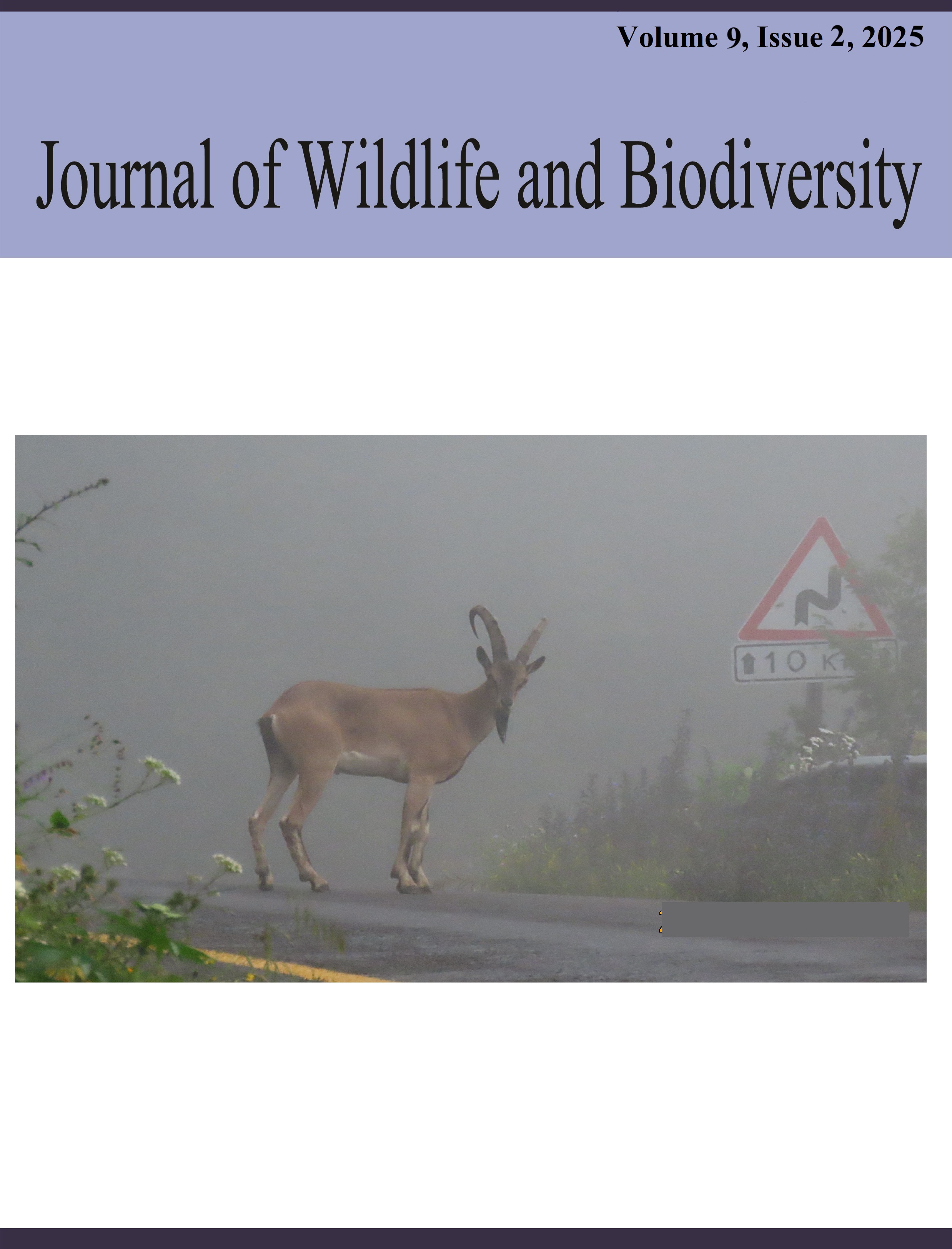Soil organic matter and carbonates facing radioactive metal pollution
DOI:
https://doi.org/10.5281/zenodo.15298946Keywords:
Pollution, Biochar, Radioactive, Retention, CarbonatesAbstract
Pollution from uranium, thorium, and radium poses significant environmental and public health risks. This study examines two regions with distinct soil types: carbonated and marshy soils. Soil samples were selected based on carbonate (28.83% and 9.79%) and organic matter content (22.6% and 1.8%). The research aims to evaluate the role of carbonates and organic matter in retaining radioactive elements and to identify which metal (thorium, uranium, or radium) is most retained. The methodology included physicochemical soil analysis and sorption experiments, varying pH and organic carbon (humic acid and biochar). Results show that thorium has the highest adsorption affinity due to the stability of its solid compounds. Uranium and radium exhibited lower retention, with behavior varying by soil type. The study also compared recalcitrant and active organic matter, revealing that both carbonates and organic matter significantly enhance soil depollution. However, acidic organic materials, unlike basic ones, do not improve metal retention. Instead, they promote metal breakdown, increasing bioavailability and plant uptake. These findings suggest that biochar application could effectively remediate soils contaminated with radioactive elements, offering a sustainable agricultural solution. This approach reduces pollution while improving soil health and crop safety.
References
Aubert, G. N. (1978). Méthodes d’analyses des sols. Marseille : Centre Régional de Documentation Pédagogique.
Bernard, A. (1904). Le calcimètre de Bernard et la détermination des carbonates dans les sols. Annales Agronomiques, 32(1), 1–15.
Bish, D. L., & Smith, M. L. (2005). Interaction of uranium with carbonates and minerals. Environmental Science & Technology, 39(12), 4519–4525. https://doi.org/10.1021/es0505088
Deschamps, T., Benzaazoua, M., Bussière, B., Belem, T., & Mbonimpa, M. (2006). Mécanismes de rétention des métaux lourds en phase solide: Cas de la stabilisation des sols contaminés et des déchets industriels. VertigO - La revue électronique en sciences de l'environnement, 7(2).
Echevarria, G., Sheppard, M. I., & Morel, J. (2001). Effect of pH on the sorption of uranium in soils. Journal of Environmental Radioactivity, 53(2), 257–264.
Gundersen, L. C., & Hinton, T. G. (2010). Natural sources of uranium and thorium in the environment. Journal of Environmental Radioactivity, 101(10), 783–792.
Guo, P., Duan, T., Song, X., Xu, J., & Chen, H. (2008). Effects of soil pH and organic matter on distribution of thorium fractions in soil contaminated by rare-earth industries. Talanta, 77(2), 624–627.
Harmsen, K., & de Haan, F. A. M. (1980). Occurrence and behaviour of uranium and thorium in soil and water. Netherlands Journal of Agricultural Science, 28(1), 40–62.
International Atomic Energy Agency (IAEA). (2001). Naturally Occurring Radioactive Materials (NORM IV) (IAEA-TECDOC-1221). https://www-pub.iaea.org
Melson, N., Haliena, B., Kaplan, D., & Barnett, M. (2012). Adsorption of tetravalent thorium by geomedia. Radiochimica Acta, 100, 827–832. https://doi.org/10.1524/ract.2012.1975
Murphy, R. J., Lenhart, J. J., & Honeyman, B. D. (1999). The sorption of thorium (IV) and uranium (VI) to hematite in the presence of natural organic matter. Colloids and Surfaces A: Physicochemical and Engineering Aspects, 157(1–3), 47–62.
Ouanouki, B. (2012). Modélisation de la demande en eau dans une région aride : Cas de la Wilaya de Djelfa. Nature & Technologie.
Rassaei, F. (2023). Adsorption kinetics and isotherm modeling of lead in calcareous soils: Insights into thermodynamics, desorption, and soil properties. Communications in Soil Science and Plant Analysis, 54(15), 2059–2076.
Record, M. T. (1997). The chemistry of radionuclide sorption and desorption in soils and sediments. Radiochimica Acta, 79(1), 45–52.
Strawn, D. G. (2021). Sorption mechanisms of chemicals in soils. Soil Systems, 5(1), 13.
Tao, Z., Zhou, Q., Zheng, T., Mo, F., & Ouyang, S. (2023). Iron oxide nanoparticles in the soil environment: Adsorption, transformation, and environmental risk. Journal of Hazardous Materials, 132107.
Trang, N. T. D., Konnerup, D., Schierup, H. H., Chiem, N. H., & Brix, H. (2010). Kinetics of pollutant removal from domestic wastewater in a tropical horizontal subsurface flow constructed wetland system: Effects of hydraulic loading rate. Ecological Engineering, 36(4), 527–535.
Villar, M. V., & Pardo, T. (2001). Interaction of uranium and thorium with natural organic materials: An overview. Radiochimica Acta, 89(6), 369–374.
Walkley, A., & Black, I. A. (1934). An examination of the Degtjareff method for determining soil organic matter, and a proposed modification of the chromic acid titration method. Soil Science, 37(1), 29–38. https://doi.org/10.1097/00010694-193401000-00003
Yu, H., Li, C., Yan, J., Ma, Y., Zhou, X., Yu, W., ... & Dong, P. (2023). A review on adsorption characteristics and influencing mechanism of heavy metals in farmland soil. RSC Advances, 13(6), 3505–3519.
Zerroug, R. (2024). Adsorption d'un polluant par un charbon actif (Doctoral dissertation, Faculté des Sciences et de la Technologie, Univ. BBA).
Downloads
Published
How to Cite
Issue
Section
License
Copyright (c) 2022 Journal of Wildlife and Biodiversity

This work is licensed under a Creative Commons Attribution 4.0 International License.


